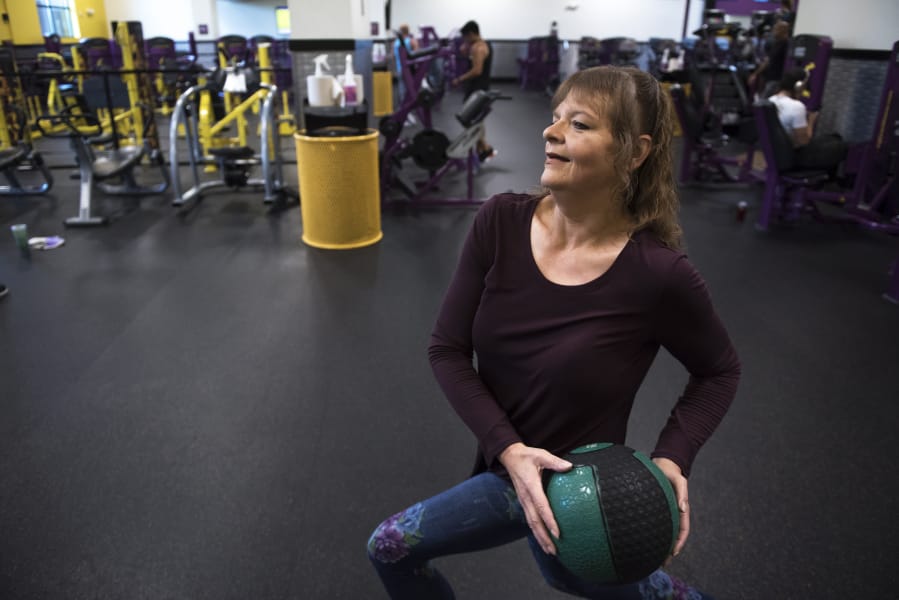When Kris Houston’s doctor told her she was on the verge of getting diabetes last summer, it was a wake-up call.
Not much for change, Houston had never felt a strong desire to alter her diet or activity levels. She liked eggs Benedict slathered in hollandaise sauce, and was a self-described “couch potato.” But the prospect of getting Type 2 diabetes? That was scary in a life-threatening way for Houston.
“I dealt with the cholesterol with pills. I dealt with the high blood pressure with pills. This wasn’t something a pill could fix. I had to do something,” said Houston, a 54-year-old Vancouver resident.
Houston decided to join the Washington State University Clark County Extension Diabetes Prevention Program in fall 2018. She’s now approaching the end of her one year in the program, and the changes have been life-altering, Houston said. She’s lost nearly 100 pounds since that scary doctor’s visit, but what Houston appreciates about the prevention program is much deeper than changes in weight or appearance.
Amy Raney is the diabetes prevention program coordinator. She leads group meetings, and helps participants learn more about how to eat healthy and exercise in a way that works best for each individual. Raney said the fact that it takes place over a year means it’s not a quick fix, but a long-term solution.
“This is a lifestyle program,” Raney said. “It’s not a diet, but weight loss is involved. People learn healthy eating habits based on their likes and dislikes. So this is their lifestyle program. What I love is that people come out of the program, out of being red-flagged for maybe getting Type 2 diabetes, and they just have a better quality of life and that’s where the sustainability comes in.”
Houston appreciates that the program has given her a sustainable path to nutrition and exercise, without really taking anything away from her.
Houston can still eat eggs Benedict. She just asks for hollandaise sauce on the side and uses restraint. Even if she eats an unhealthy meal, there’s always tomorrow. Houston has also started working out at the Planet Fitness in Hazel Dell four to five times a week.
“I had never set foot in a gym in my life, except high school — and I tried to get out of that as much as I could,” Houston joked.
All her changes have led to improved health. Houston has been taken off of her cholesterol medication, which she’d taken for 15 years. And she’s off her blood pressure medication, too.
“I have a lot more energy. I want to do things now,” she said. “It’s hard for me to sit around, which is a very different mindset.”
Kathy Haider, a 68-year-old Vancouver resident, has experienced similar positive change. She’s down to about 164 from the 240 pounds when she started the program. Haider was pre-diabetic when she began the program last fall, but as of late August is no longer pre-diabetic.
Haider likes how the program helps her discover eating and exercise practices that she enjoys. As she says, “it’s a lifestyle you can live with later.” Haider now exercises three times a week. She also still has a cheat day, and might grab Chick-fil-A with her husband, Ken, before they see a movie on that day.
“This is a life plan. It’s not a diet. I’ve been on several diets, and they don’t last,” Haider said. “You have to have something that will work in your life, and every once in a while you’re going to eat something that you shouldn’t. There’s a lot in the class on how to deal with that.”
Haider is substituting spices for butter now, and in the process of changing her diet, she’s come to another realization: healthy food can taste pretty good, too.
“It used to be things didn’t taste good when you didn’t have that stuff added,” she said. “What I’ve found is when you’re used to covering everything up, you don’t taste the deliciousness of the food. You still need a little salt, some seasoning, some spices. But I’m surprised at how good some foods taste.”




